7 Ways to Set Email Boundaries and Lift the Curse of Immediacy
Email is a big part of our lives. Learn to set some boundaries so it doesn't take over!
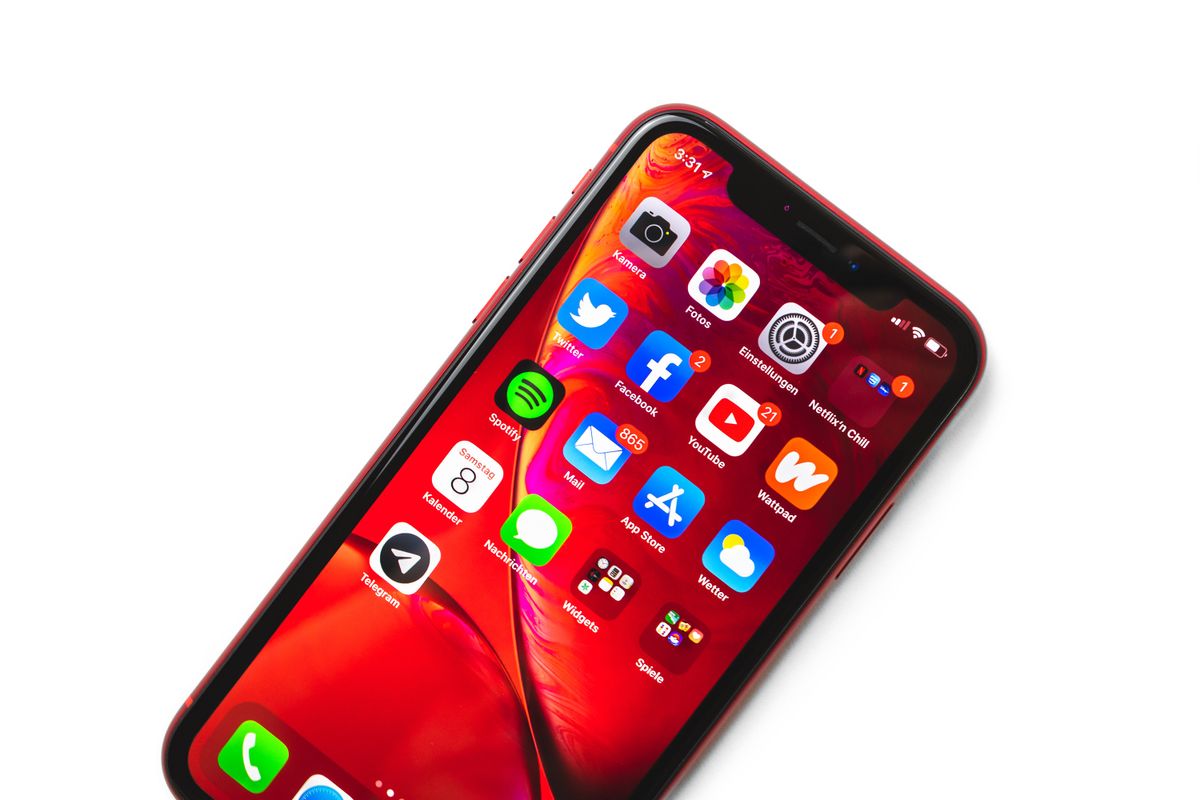
The digital age has brought many wonderful ways of connecting with incredible frequency and speed, but the byproduct of that has been a shift in the expectations of our availability. We are all under the curse of immediacy.
The curse of immediacy is the feeling and expectation that emails, instant messages, and meeting requests must be responded to immediately.
We become aware of the emails and messages almost as soon as they are sent because our inbox is always open, there are red badges popping up, and our phones vibrate. We jam our calendars with more and more meetings until there are no open spaces left. Add in the assumption that we should be available to answer every question that pops into our colleague or staff member’s mind the moment they have it...and it’s a wonder we get anything done at all.
Sound familiar?
What if you didn’t need to be available at all times? What if you could set boundaries around your time and have more balance?
Spoiler alert: You can!
Balance is not better time management, but better boundary management. Balance means making choices and enjoying those choices.
- Betsy Jacobson
You have the power to make choices and set boundaries around:
- When you read, write, and send emails.
- Which meetings you accept, and when you will schedule them.
- When you are available.
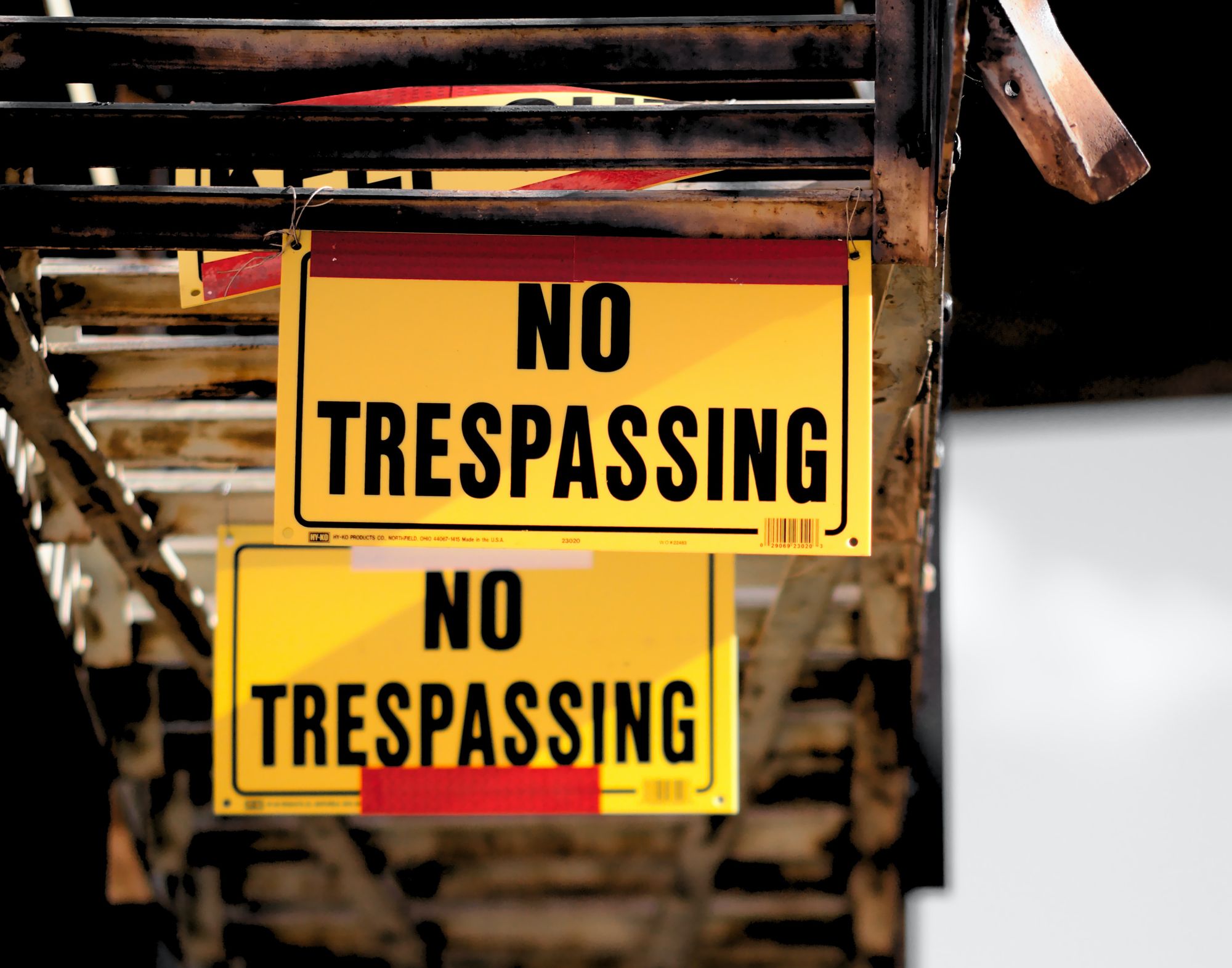
7 ways to set boundaries around your email
In this first part of my How to Set Boundaries series, I provide the following tactics and approaches to set boundaries around email and lift the curse of immediacy:
- Turn off notifications and badges and close your inbox
- Decide how often you need to read, write and send email
- Triage your email
- Create email filters and labels to keep your inbox uncluttered
- Manage email expectations with an out-of-office message, a note in your email signature, or an email template
- Don’t respond to emails during the times you want to be considered ‘off the clock’
- Answer emails when it’s best for your energy cycles
Most of us have developed a (potentially bad) habit of responding to emails immediately and expecting others to do the same. This comes with the unintented consequence of being incredibly distracting and often wasteful for everyone.
Remember, email is the to-do list that other people can add to. Every single time you check your email, there is another opportunity for you to get thrown off track. Every time you check your email, you spend a little time and little energy that could have been used for something more important, preventing deep, focused work.
I suspect we would all be horrified to know exactly how many times we check our email each day. 🤣
So what can you do to lift the curse of email immediacy? Here are some ideas:
1. Turn off notifications and badges and close your inbox
Shockingly, having a visual, auditory, or physical notification every time an email comes in is distracting. Who knew?!
Consider the notifications that are currently active on your desktop, laptop, and phone.
- Is your inbox open at all times?
- Are you tempted to take a quick look whenever you see you have unread emails?
- Does it bother you to have that little red badge sitting there, mocking you?
- Do you have a popup preview on your phone when a new email comes in?
- Does your phone vibrate or ping when a new email comes in?
To reduce the number of times you check your email:
- Stop working out of your inbox!
- Turn off the notifications and badges that tempt you to check
- Only open your inbox when you intend to read, write, and send email.
- Put your phone away, or at least face down when you are trying to focus.
- Even better, put your phone in sleep mode when you are trying to focus.
These all sound so simple, but checking your email constantly can be a tough habit to break!
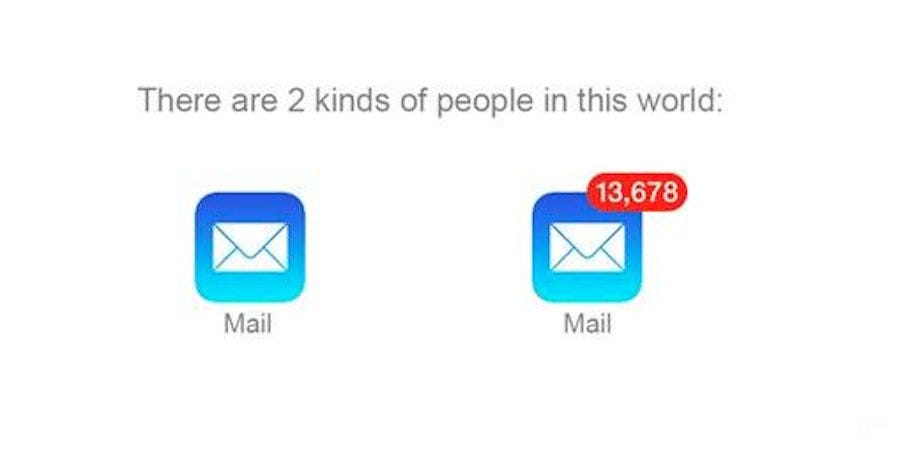
2. Decide how often you need to read, write, and send email.
For most jobs, dealing with email every 10 minutes is not needed! The right balance will vary depending on your role, or even stages of projects or seasons. The important thing is to be honest with yourself about how often you need to read, write, and send an email, and make an intentional decision about it.
Ask yourself:
In my role, with my team, and my customers... what is a reasonable email response time?
It might be immediately. It might be within an hour. It might be within 24 hours. Be clear on it.
For example, I try to check my email 3 times a day. I triage for the first 15 minutes in the morning and respond to small requests or anything urgent. Everything else gets bumped. Then, I check again for the half-hour before my lunch break. That is when I do the bulk of my responses. I check a final time in the last hour/half-hour of the day and respond accordingly.
What kind of email response rhythm could you try?
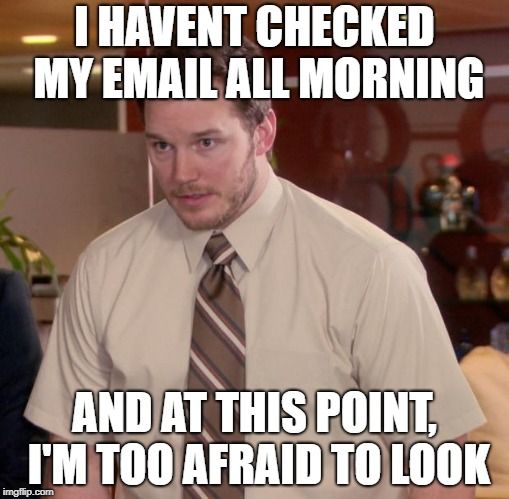
3. Triage your email
Not all emails are created equal! Triaging your email means flagging emails that are more important than others. This can be as simple as starring emails that require action or applying labels.
Some examples of labels include:
- Need Action
- Awaiting Reply
- Delegated
- To return to
- ...Whatever fits with your role.
This creates visual ways to group your emails so you don’t miss things and you are able to spend less time in your inbox.
A more in-depth approach specifically for Gmail users is one that I outline in my post, Get Your Gmail Inbox Under Control Using Multiple Inboxes and Stars, where you use multiple inboxes and stars to indicate the level of urgency or type of response required for your email.
The gist is that instead of a wall of thousands of emails, you only have a handful in your inbox at any one time. Everything else is archived. You can still find them, they are still there, you just don’t have every email you have ever gotten in one list.
4. Create email filters and labels to keep your inbox uncluttered
Consider how many emails come into your inbox that you immediately delete or archive. Or emails that you want to eventually look at but are not a priority and eventually get buried anyway.
Instead of having all emails come directly into your inbox to clutter it up, create automatic labels and filters. This might apply to:
- Newsletters
- Promotional emails
- Bills or invoices
- Payment receipts
- SEO notifications
- Technical notifications
- etc.
For example, I am subscribed to many newsletters but I don’t read them as soon as they come in. Instead, I have created a folder called Newsletters, with subfolders with the name of each newsletter. As soon as one of them hits my inbox they are automatically archived and filtered into their appropriate folder, with the appropriate label filter so I can read them when I am ready.
Instead of spending the mental energy and time to archive each one as they come in, I don’t even have to think about it until I want to read them!
Here are some detailed instructions on how to set up those filters in Gmail.
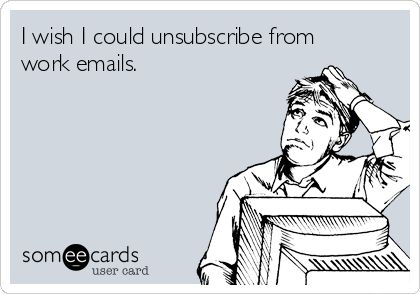
5. Manage email expectations with an out-of-office message, a note in your email signature, or an email template
If you want to set clear expectations of when you will respond to an email from the get-go, you just have to tell people! Here are some examples:
Out of office
This isn’t only for vacations and sick days. Set your out-of-office during times of concentration to say something along the lines of:
Thanks for your message! I am heads-down on the project and only checking my email periodically. You can expect a response from me within 24-48 hours. If your request is urgent please contact (xyz@xyz.com).
If you are solo and don’t have someone else to send an email to, you can add something like:
If your request is urgent please call me at…
Which escalates the request to a different communication medium.
Email signature
Add a line to your signature that says:
Thanks for your message, you can expect a response within one business day.
Email template
Create an email template that you send out when someone asks for something from you. It could read:
Thanks for reaching out. I will get back to you on this by [end of day/end of the week]. If you need an answer faster than that, please let me know.
You don’t have to use these all the time, but if you know that your day or week is already full, communicating with these messages sets expectations with the people who are contacting you and takes off the pressure to respond immediately.
6. Don’t respond to emails during the times you want to be considered ‘off the clock’
If you respond to emails at 9 pm, you set an expectation that you are available at that time. If you have a team that works for you, it sets expectations that they too should be available during that time, even if that is not your intent.
If you don’t want to create the perception that you are available outside of certain times, don’t send emails during those times!
If you decide to write emails in the evenings, keep them in draft form and send them during your normal work hours. This is part expectation management, and part recognizing that you are at your lowest level of mental energy in the evenings and the likelihood of typos is higher. If you wait until the morning, you can give them one more quick once over before you send them out.
Alternatively, if you don’t need to read the email drafts over again, most email providers have a ‘Schedule Send’ feature that will automatically send the email at the time and date of your choosing. For example, in Gmail, click the little white arrow next to the Send button and you can set your desired time.
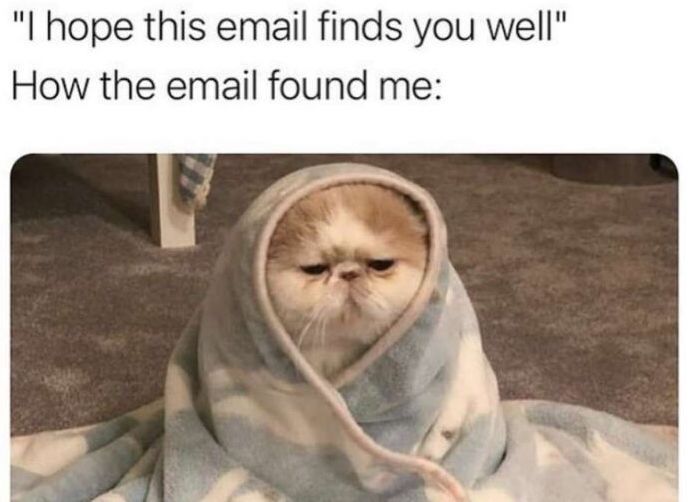
7. Answer emails when it’s best for your energy cycles
Part of why I have set an email response rhythm for myself is that my highest energy and best thinking time are in the mornings and I don’t want to spend that energy on email. I still check in case there is something important, but only briefly to triage and then I move on.
I try to write and respond during low-energy parts of my day because my email usually doesn’t require a lot of deep thinking so it is a better use of my energy during those low points.
Think about your energy cycles.
- When are you at your highest energy?
- When are you at your lowest energy?
- What kind of tasks are best suited to what kind of energy?
Try to match the type of work you do, including email, to those cycles. If you want to schedule writing and sending email during your workday, when is the best time for you based on your energy?
Some of these email boundaries will be more realistic than others depending on your role and the type of business you are in. You will not do all of these things. Instead, I encourage you to pick one or two and try them out for a few weeks. See how they feel and how they impact your focus and productivity. A daily reflection is a great way to measure this impact.
What is one change you will make to set some boundaries around your email? How will you lift the curse of email immediacy?
What other email boundary-setting tactics do you use? I would love to hear about them!
Need some more help setting time boundaries?
- Read my past articles.
- Learn about my one-on-one coaching
Share
Ashley Janssen

Productivity consultant, writer, speaker, serial entrepreneur, chaos calmer, introvert, cat-lady. Lover of books, fitness, old fashioned’s, basketball, and video games.
Follow me on
Twitter
or
LinkedIn.
Hire me for
1 on 1 productivity consulting
or
speaking.
Related articles
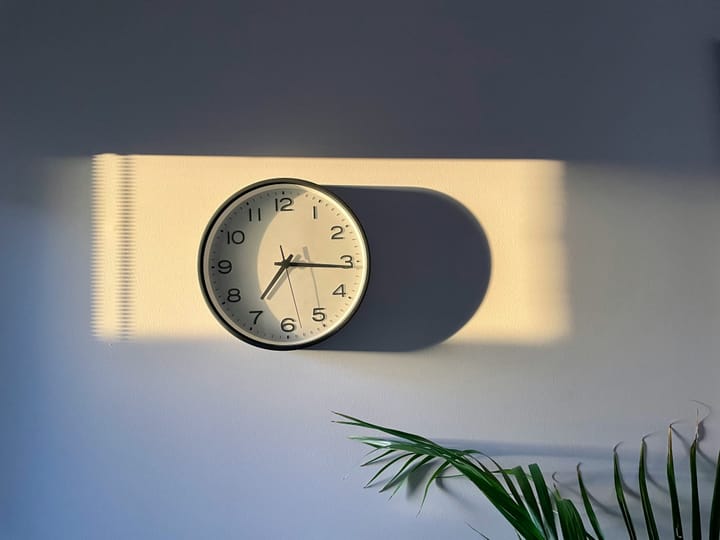
When You Do Things Matters

What If Being Lazy Was a Good Thing?


Comments ()